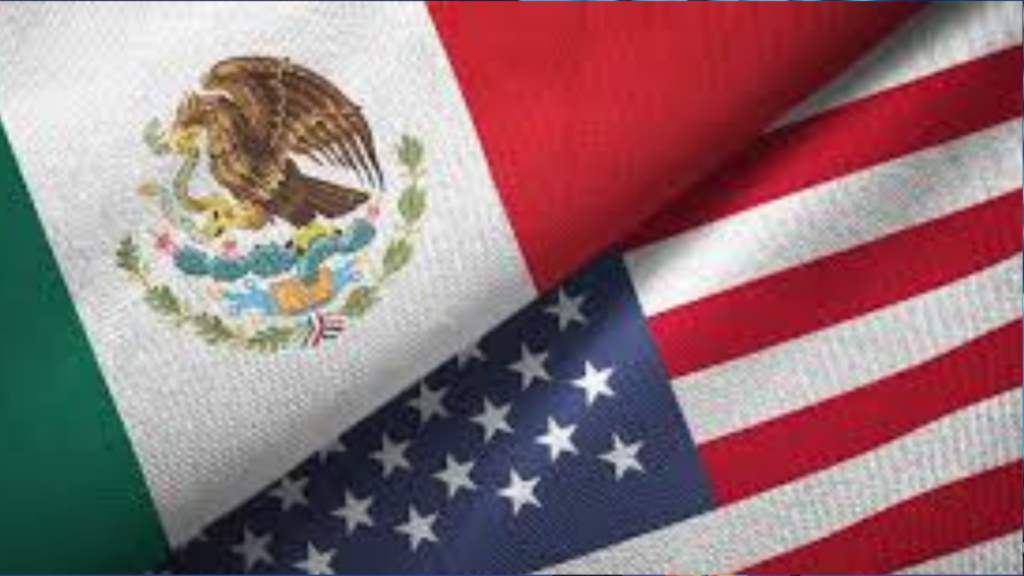Nepal’s Generation Z Uprising
This article sheds light on the causes, consequences, and uncertain pathways in the aftermath of the recent uprising in Nepal.
Earlier this month, Nepal experienced one of the most sudden and violent episodes of political unrest in its modern history. What began as a digital flashpoint, the government’s suspension of scores of social media platforms, quickly escalated into nationwide demonstrations driven largely by the nation’s youth, widespread attacks on government property, confrontations with security forces, and the resignation of the prime minister. Moreover, the shock exposed deep governance weaknesses and created an environment of political and economic uncertainty.
Background and immediate drivers
Two key structural features made Nepal vulnerable to rapid escalation:
- High youth unemployment (as shown in Figure 1), heavy dependence on remittances, and widespread perceptions of corruption and nepotism have left large swathes of the public, especially urban youth, sceptical of mainstream parties (Al Jazeera, 2025).
- The government’s regulatory move on 4th September 2025, suspending around 26 social platforms for failing to comply with registration and data rules (AP News, 2025), removed a major outlet for online grievance and mobilisation, acting as an accelerant.
What actually happened?
Protests began as largely leaderless, youth-led demonstrations that spread rapidly from university areas and city centres to broader sections of Kathmandu and regional towns. Within days, protests turned violent, demonstrators attacked and set fire to government buildings, political party offices and, in some cases, private properties linked to elites (The Guardian, 2025). Security forces used live ammunition in some clashes, contributing to a sharp rise in casualties.
The crisis culminated in the resignation of Prime Minister K.P. Sharma Oli, the appointment of former chief justice Sushila Karki as interim Prime Minister, and the closure or temporary occupation of critical infrastructure, including Tribhuvan International Airport, at the height of the fighting (The Guardian, 2025). Furthermore, official tallies and reporting place the death toll at 74, with thousands more injured (East Asia Forum, 2025).
Accountability measures and official response
The caretaker administration has signalled a mix of concession and containment, lifting some media restrictions, promising probes into deadly clashes, and committing to an electoral timeline. Additionally, a committee to investigate the violence has also been set up to pay compensation to the families of the dead and provide free treatment for injured people (The Guardian, 2025), while the caretaker leadership emphasised anti-corruption and short-term stability measures. Meanwhile, political parties and some elites have sought to frame the unrest as either an organic youth revolt or as the product of malign external or “deep state” actors (The Times of India, 2025), a narrative that can deepen polarisation and muddy accountability.
Potential short-term implications of the unrest
- The matter of fragile governance and contestation of legitimacy. The quick fall of a government under mass protest weakens the perceived monopoly of mainstream parties to manage crises. Thus, creating space for populist rhetoric, extra-constitutional actors and volatile coalition bargaining leading up to elections.
- The security risks and operational interruptions. Attacks on public buildings and the temporary disruption of key infrastructure (air links, border trade channels) raise business costs and complicate supply chains (The Kathmandu Post, 2025).
- General investor confidence and macro pressures. Tourism, remittances and trade are all vulnerable to the perception of instability, and a short economic shock could become prolonged if elections are delayed, coalition formation is protracted, or if security costs rise. Since the protests, Nepal has witnessed a 30% decline in tourist arrivals (Reuters, 2025b) and a fall in investor sentiment (Reuters, 2025a).
Potential medium to long-term implications of the unrest
- The potential best-case scenario involves the interim government fulfilling the promises made by Sushila Karki and conducting credible investigations, proceeding to timely and free elections, and the victorious coalition implementing institutional reforms (News24, 2025). As a result, political stability may slowly return, with investor confidence recovering as institutions demonstrate resilience.
- The growing concern is that instability and polarisation could become entrenched. Moreover, if the election timeline is delayed, it could lead to scepticism regarding the formation of an effective government, potentially leading to further unrest. This is particularly relevant given that Nepal has had 14 governments since 2008 (Reuters, 2025a). Additionally, Puranjan Acharya, an independent analyst and a former government adviser in the 90s, warns that “If the Karki experiment is unsuccessful and unable to lay a path for the next credible government, then the risk is that the country could be thrown into another decade of unrest” (Reuters, 2025a).
- There is also concern that if some elites continue to frame the unrest as a security or foreign-instigated threat, as previously referenced, it could lead to further restrictive measures (e.g. digital censorship, expanded security powers) that not only suppress dissent but also undermine civil liberties.
Conclusionary thoughts
Nepal’s 2025 unrest is less a one-off riot and more a symptom of longer-running governance and economic fractures, especially among the youth. The immediate political shock has created substantial uncertainty; however, the country’s trajectory depends heavily on how transparently investigations are handled, whether elections are held and respected, and if reformist impulses translate into policies that address corruption and job creation.
Bibliography
Al Jazeera. (2025). “Nepali PM Oli resigns amid protests: Why are ‘nepo kids’ angering youth?”. Al Jazeera. Published 9th September, 2025. Available at: Nepali PM Oli resigns amid protests: Why are ‘nepo kids’ angering youth? | Corruption News | Al Jazeera
AP News. (2025). “Nepal blocks Facebook, X, YouTube and others for failing to register with the government”. AP News. Published 5th September, 2025. Available at: Nepal blocks Facebook, X, YouTube and others for failing to register with the government | AP News
East Asia Forum. (2025). “Nepal’s protests are about social injustices, not social media”. East Asia Forum. Published 21st September, 2025. Available at: Nepal’s protests are about social injustices, not social media | East Asia Forum
News24. (2025). “Nepal’s new PM faces uphill battle after deadly unrest”. News24. Published 26th September, 2025. Available at: Nepal’s new PM faces uphill battle after deadly unrest | News24
Reuters. (2025a). “Nepal’s caretaker PM navigates fragile peace amid youth revolt, party pushback”. Reuters. Published 23rd September, 2025. Available at: Nepal’s caretaker PM navigates fragile peace amid youth revolt, party pushback | Reuters
Reuters. (2025b). “Nepal’s deadly protests hammer tourism sector as arrivals fall 30%”. Reuters. Published 16th September, 2025. Available at: Nepal’s deadly protests hammer tourism sector as arrivals fall 30% | Reuters
The Guardian. (2025). “Nepal prime minister quits after deaths at protests sparked by social media ban”. The Guardian. Published 9th September, 2025. Available at: Nepal prime minister quits after deaths at protests sparked by social media ban | Nepal | The Guardian
The Kathmandu Post. (2025). “Key southern customs offices reopen after protests”. The Kathmandu Post. Published 16th September, 2025. Available at: Key southern customs offices reopen after protests
The Times of India. (2025). “Gen Z protests: Is Nepal unrest organic or ‘deep state’ regime change? Decoding Oli’s ouster”. The Times of India. Published 11th September, 2025. Available at: Gen Z protests: Is Nepal unrest organic or ‘deep state’ regime change? Decoding Oli’s ouster | World News – The Times of India



